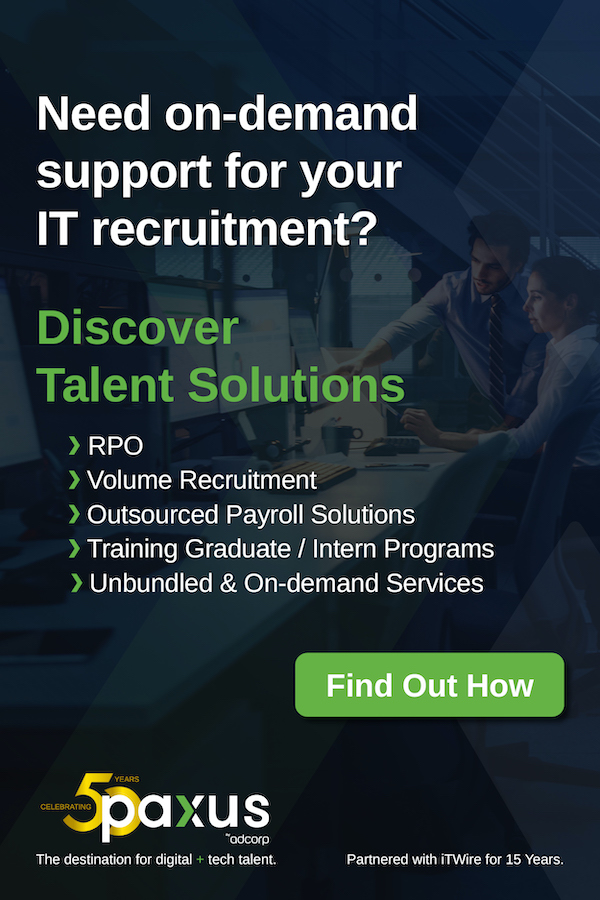Fast forward to 2025, and our own “exhaust ports” include the inefficiencies, redundancies, and sprawling infrastructure hidden away in data centers. For CIOs, CTOs, and IT Managers, these blind spots can be as disastrous as that well-aimed proton torpedo. But take heart: for every thermal hazard, there’s also a glimmer of superheroic insight—sometimes even from Marvel’s Human Torch. Sure, he’s all about flames, but you might be surprised at the sustainability lesson he can offer.
The fiery reckoning: Human Torch and data overload
You’d think a being made entirely of flame would be the antithesis of sustainability. But remember that the Human Torch only “flames on” when he needs his power. The rest of the time, he’s (usually) just Johnny Storm, chilling out like the rest of us. That’s a handy metaphor: scale up when necessary, scale down when you’re done. In IT, our always-on approach often leaves servers ablaze with CPU cycles, generating digital (and literal) heat for no good reason.
The culprit? Junk data—terabytes of logs, outdated backups, half-baked projects that no one has touched since they were forklifted over from a legacy server in 2012. Or data that’s duplicated a dozen times because no one bothered to check if we actually needed more copies. Managing the sprawl means running extra servers or spinning up more virtual machines than we truly require. It’s a bit like keeping the Human Torch in perpetual ‘flame on’ mode, scorching resources and budgets.
In a world that’s more conscious than ever about energy consumption, that’s a dangerous path to follow. Heat isn’t just a fun footnote in cosmic sagas—it’s one of the biggest threats to sustainable computing. Unnecessary spinning of disks, humming servers, and operating overhead means more power draw, higher cooling loads, and a big, fat carbon footprint.
|
|
Greener solutions: containerisation and cooling
Virtual machines were a revelation back in the day—like the first time you spotted a land speeder gliding effortlessly above the desert sands. But VMs are no longer the star of the show. Containerisation has stepped into the limelight. Containers let us isolate only what’s needed for each application, streamlining CPU and memory usage. Less hardware churn, fewer machines to cool, and a leaner digital footprint. Think of it like fine-tuning the Human Torch’s powers—only using them when you must, instead of burning bright 24/7.
Meanwhile, consider your physical data centers. How well are they cooled and ventilated? Whether on Earth or in a galaxy far, far away, forgetting about heat management will blow up in your face eventually. Data center cooling techniques have come a long way, with liquid cooling and free-air cooling joining the conversation. Edge computing might even help localise the load, so you’re not shipping data halfway around the planet just to process it. If it’s good enough for Tatooine’s moisture farms, maybe local is the new cool.
2025 vision: what responsible IT looks like
So, what should we be doing right now?
-
Conduct a data audit: Identify and remove (or archive) old data. Classify data by importance and frequency of access, and design lifecycle policies so unneeded bits don’t linger. This alone can massively reduce storage and compute overhead.
-
Embrace containerisation: Migrate services from heavier VMs to containers. Or, if you’re still bound to VMs for compliance reasons, streamline resource allocation. Check whether your systems are set to “auto-flame” and, if so, tune them down.
-
Optimise cooling and ventilation: Explore modern cooling solutions. Consider alternative energy sources or lower-power hardware. Make sure your data center isn’t hiding its own “exhaust port” that could compromise the entire system.
-
Automate to scale down: We love automation—but use it to scale down as well as up. Idle containers or instances should be spun down automatically when not needed. Every bit of unused capacity sucks up resources and money.
-
Collaborate and share knowledge: Reach out to your peers. Sustainability in IT is a team effort, and knowledge-sharing fosters innovation. This might mean forming industry alliances or simply rotating staff across projects so they can cross-pollinate ideas.
A final word: our collective responsibility
Running a sustainable IT operation isn’t just about ticking the compliance box; it’s about ensuring that the technology we rely on today won’t cost us (or the planet) dearly tomorrow. We don’t want to replicate the Empire’s error by leaving glaring design flaws in our systems, nor do we want to keep the “flame on” indefinitely like the Human Torch at his hottest. Instead, we want a controlled burn—efficiency, efficacy, and empathy for the resources we share.
When next you’re in the boardroom discussing budgets and the new DevOps strategy, remember the cautionary tales from a galaxy far, far away and from a flame-powered superhero. Sustainability is not a new compliance headache; it’s a long-term strategy that will define our industry’s place in the decades to come. So, make 2025 the year you rein in the heat—by being mindful of containers, data sprawl, and the health of your servers. Because, in the end, a small exhaust port might not seem like much… until it is.






